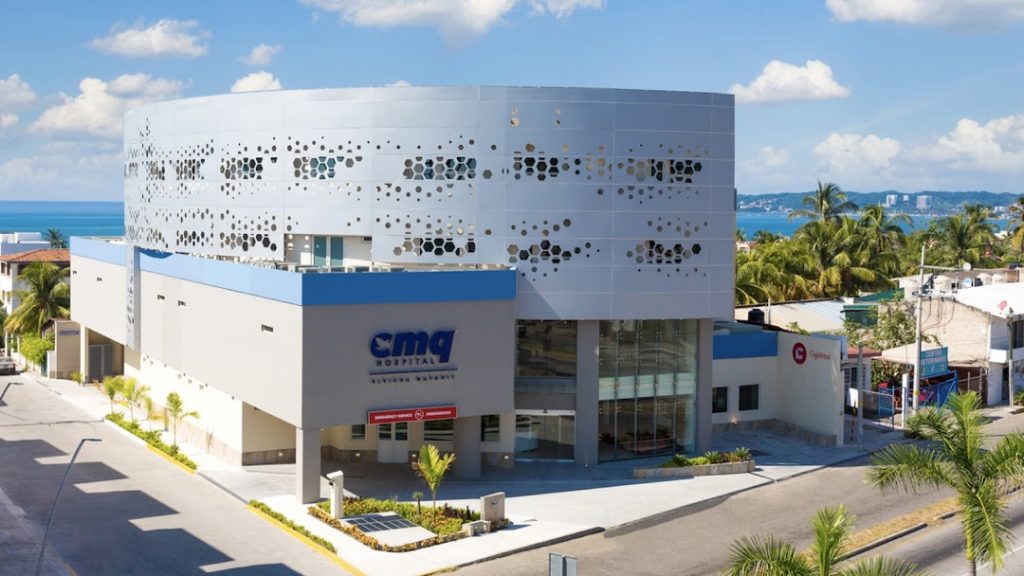Meniscus Arthroscopy Surgery
Puerto Vallarta – Riviera Nayarit
Bring Movement Back to your Life ! – Relief Pain, Improved Mobility !
No Waiting List & Afforable Prices !
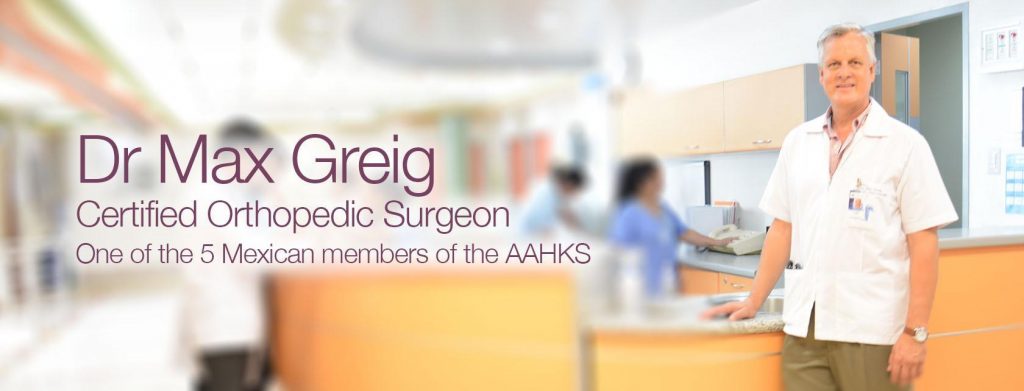
Dr. Max Greig – Orthopedic Specialist in Hip – Knee – Spine – Shoulder
More than 25 Years Experience in Orthopedic Surgeries
Meniscus tears are among the most common knee injuries. Athletes, particularly those who play contact sports, are at risk for meniscus tears. However, anyone at any age can tear the meniscus. When people talk about torn cartilage in the knee, they are usually referring to a torn meniscus.
The meniscus can tear from acute trauma or as the result of degenerative changes that happen over time. Tears are noted by how they look, as well as where the tear occurs in the meniscus. Common tears include bucket handle, flap, and radial.
Sports-related meniscus injuries often occur along with other knee injuries, such as anterior cruciate ligament (ACL) tears.
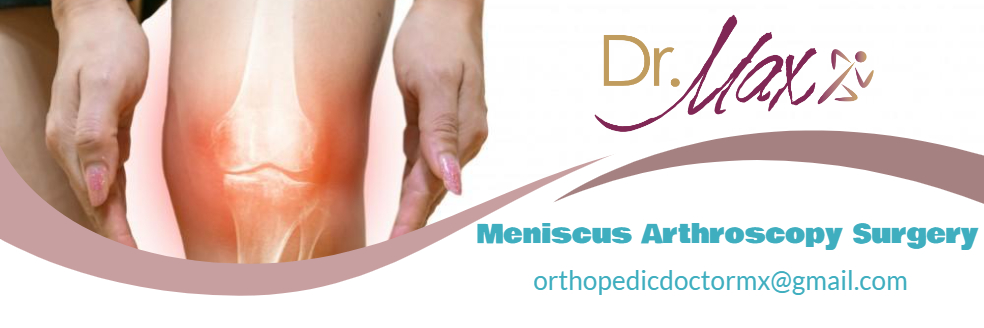
Symptoms
You might feel a pop when you tear the meniscus. Most people can still walk on their injured knee, and many athletes are able to keep playing with a tear. Over 2 to 3 days, however, the knee will gradually become more stiff and swollen. The most common symptoms of a meniscus tear are:
-
Pain
-
Stiffness and swelling
-
Catching or locking of your knee
-
The sensation of your knee giving way
-
Inability to move your knee through its full range of motion
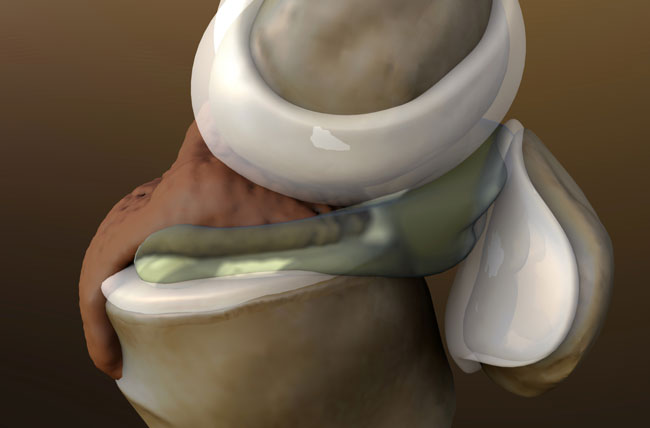
Treatment or Surgery
Treatment for a meniscus tear will depend on its size, what kind it is, and where it’s located within the cartilage. Most likely, your doctor will recommend that you rest, use pain relievers, and apply ice to you knee to keep the swelling down.
They may also suggest physical therapy. This will help to strengthen the muscles around your knee and keep it stable.
If these treatments don’t work — or if your injury is severe — they might recommend surgery. To be sure, Dr Greig will have an MRI and it might look at the tear with an arthroscope. That’s a thin tool that has a camera and light at the end. It allows doctors to see inside your joints. If your doctor’s exam shows your meniscus tear is mild (Grade 1 or 2), you may not need surgery. If it’s Grade 3, you probably will. Your doctor might choose to do any of the following:
Arthroscopic repair. Your doctor will make small cuts in your knee. They’ll insert an arthroscope to get a good look at the tear. Then they’ll place small devices that look like darts along the tear to stitch it up. Your body will absorb these over time.
Arthroscopic partial meniscectomy. Your doctor will remove a piece of the torn meniscus so your knee can function normally.
Arthroscopic total meniscectomy. During this procedure, your doctor will remove the whole meniscus.
Meniscus repair is low-risk. Complications are rare. They may include injury to skin nerves, infections, and knee stiffness. Your doctor may prescribe antibiotics to help stave off infection. They may also recommend compression stockings to help prevent blood clots.
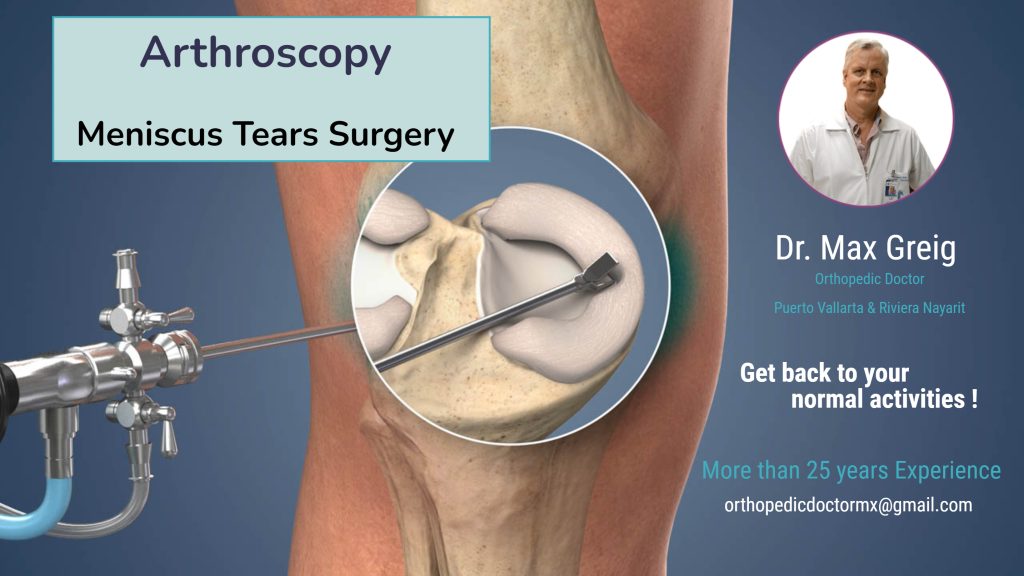
Reasons Why North American Patiences Preferred a Arthroscopy Surgery in Puerto Vallarta & Riviera Nayarit

Puerto Vallarta and Riviera Nayarit in Banderas Bay, Mexico are one of the most popular tourist destinations in the world, with more visitors every year looking for a beautiful city to get medical treatments, save money and be attend for most experienced doctors in Mexico.
You will find experience medical specialists and highly qualified hospitals that offer tourists seeking medical attention, world-class care and service, with state-of-the-art medical infrastructure and technology, to offer diagnosis, intervention, rehabilitation and recovery.
- -Medical and Hospital Quality.
- -Avant-garde hospital infrastructure
- -Personalized Attention.-High standards of qualified human capital.
- -Affordable Prices.-Cost Savings up to 60 %
- -Wait times are non-existent. Get your surgery done and plan it with one or two weeks in advance. Get back to your normal activities soon
- -Travel Time. Oportunity to recover in a beautiful and safe beach destination
- Cultural affinity. Most Friendly People in Mexico
- -Geography. Due to it´s location, Mexico is the perfect option for patients traveling from North America, US and Canada and South Americaple in Mexico
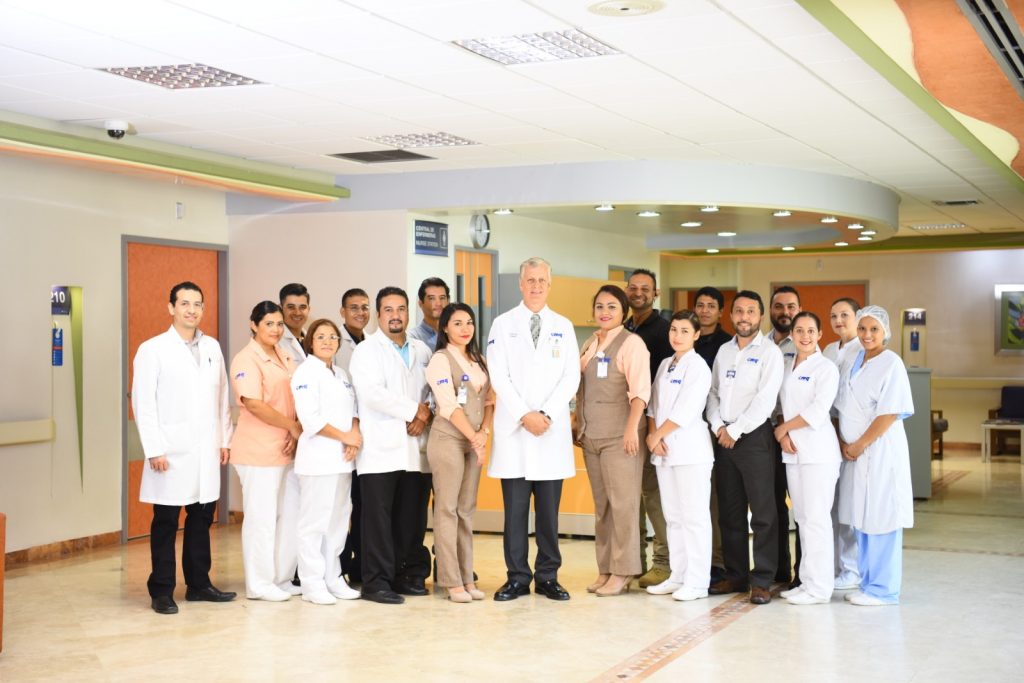
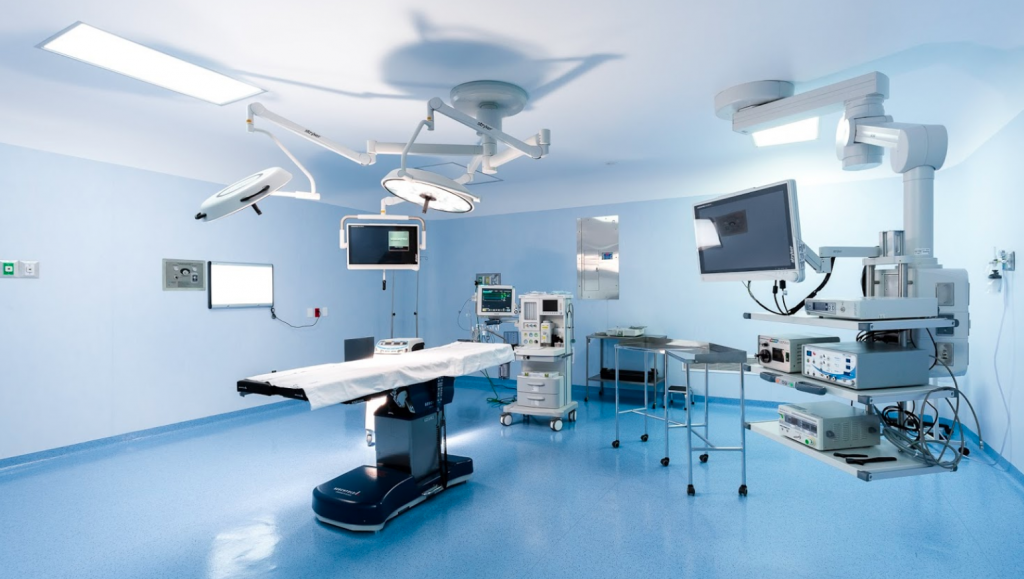
Are you considering an Arthroscopy Surgery ?
Let us guide you through the process with personal care, professionalism and experience !
Send us an email:
orthopedicdoctormx@gmail.com
To have easier communication with specialist please provide the following information:
Copies of the most recent medical reports
Copies of imaging reports (x-Rays, CT scans, ultrasound and/ or MRI’s, etc)
A small narrative from the patient telling his/hers story and symptoms that helps the specialist to understand patient conditions
Images of the affected area
(For visitors ) Possible dates you can travel to Puerto Vallarta or Riviera Nayarit
Patient Full Name
Phone Number
CMQ Hospital Riviera Nayarit
Av. Héroes de Nacozari 280 Bucerías, 63732 Riviera Nayarit, Nay.
orthopedicdoctormx@gmail.com
